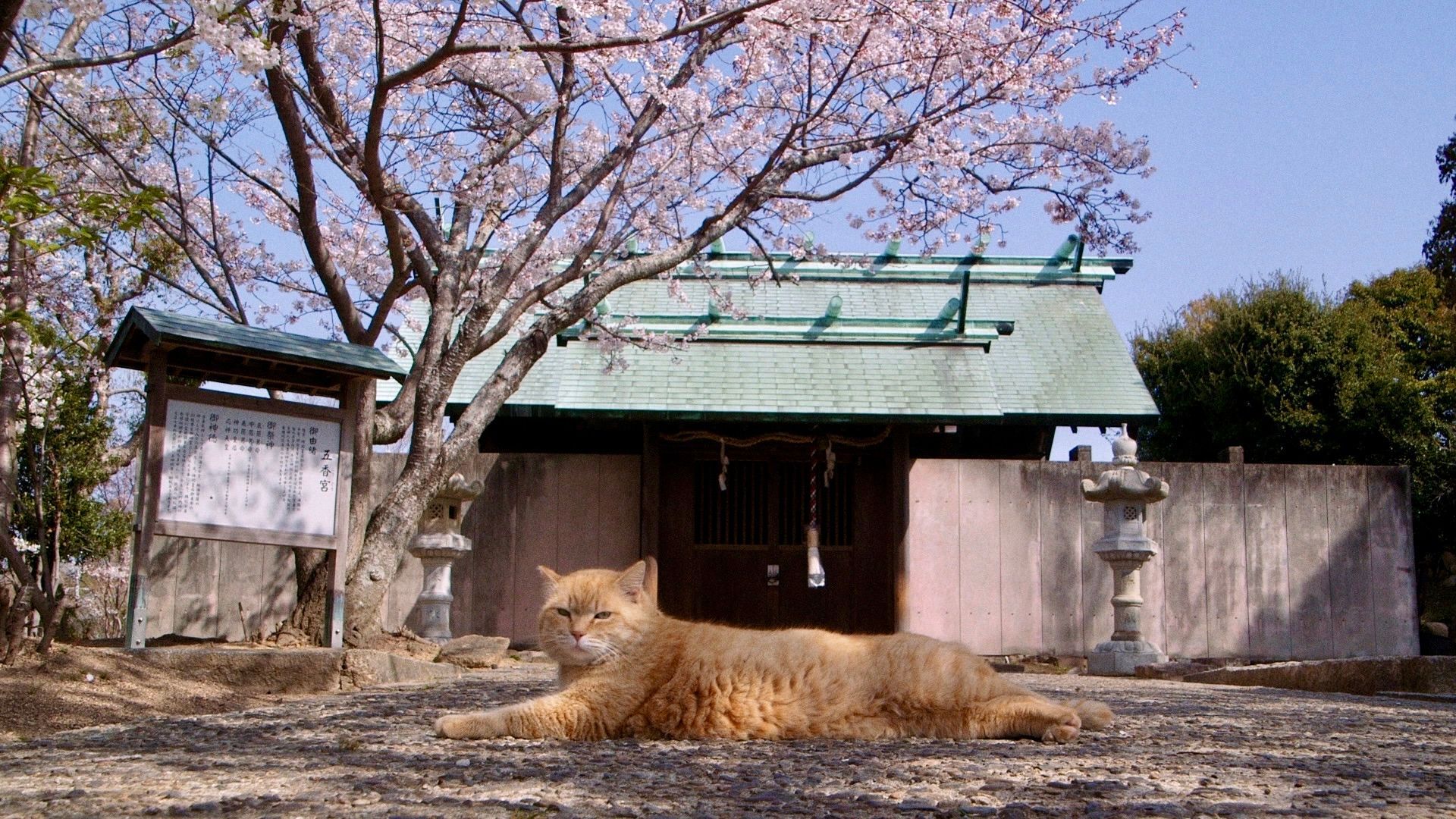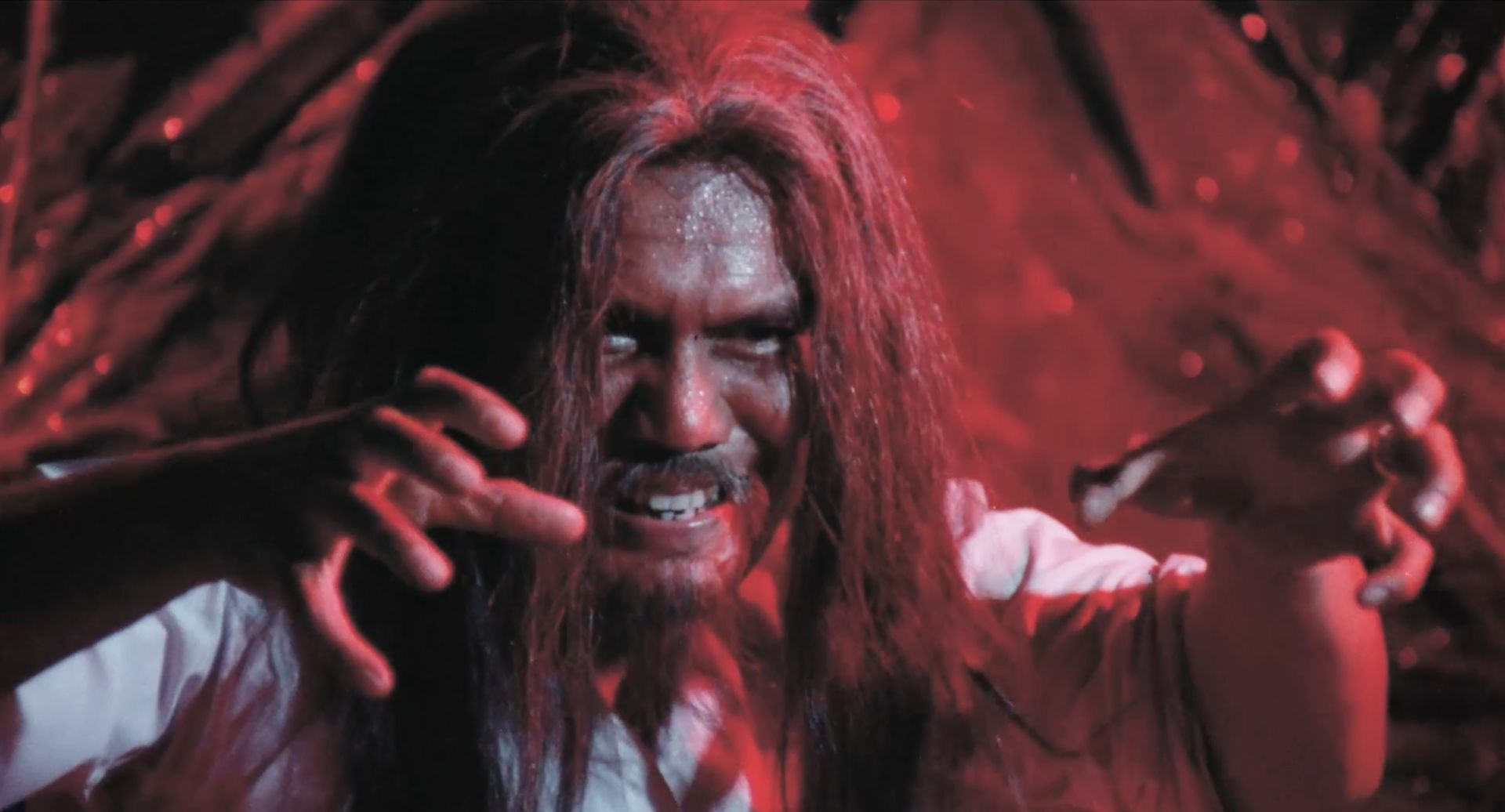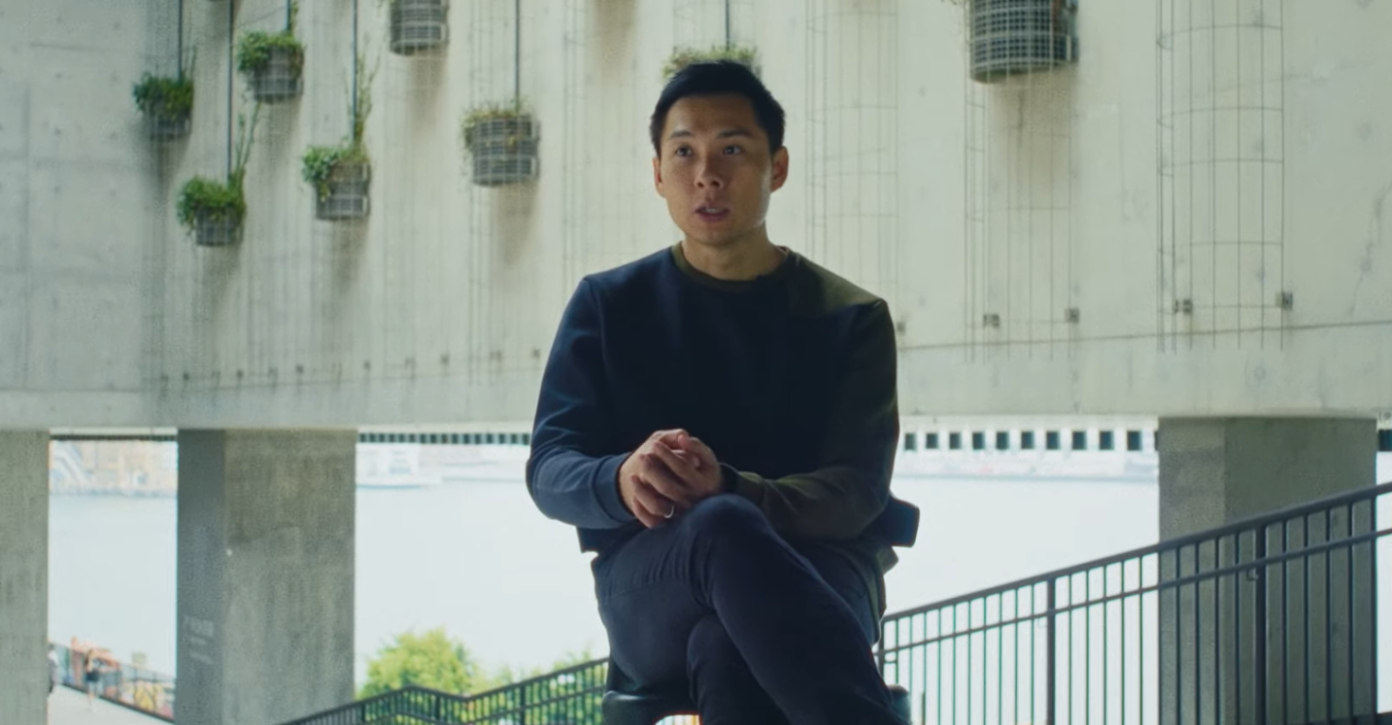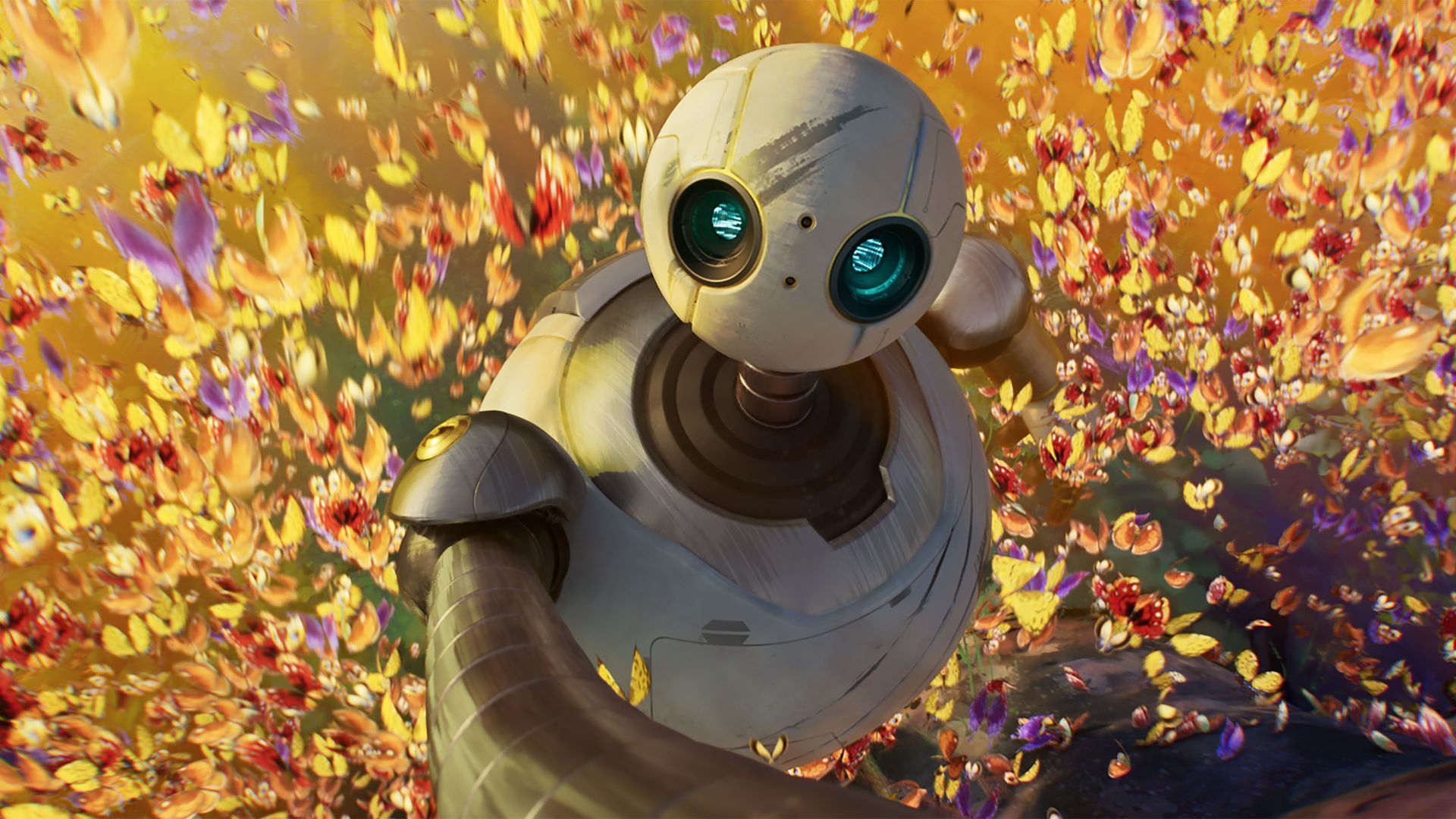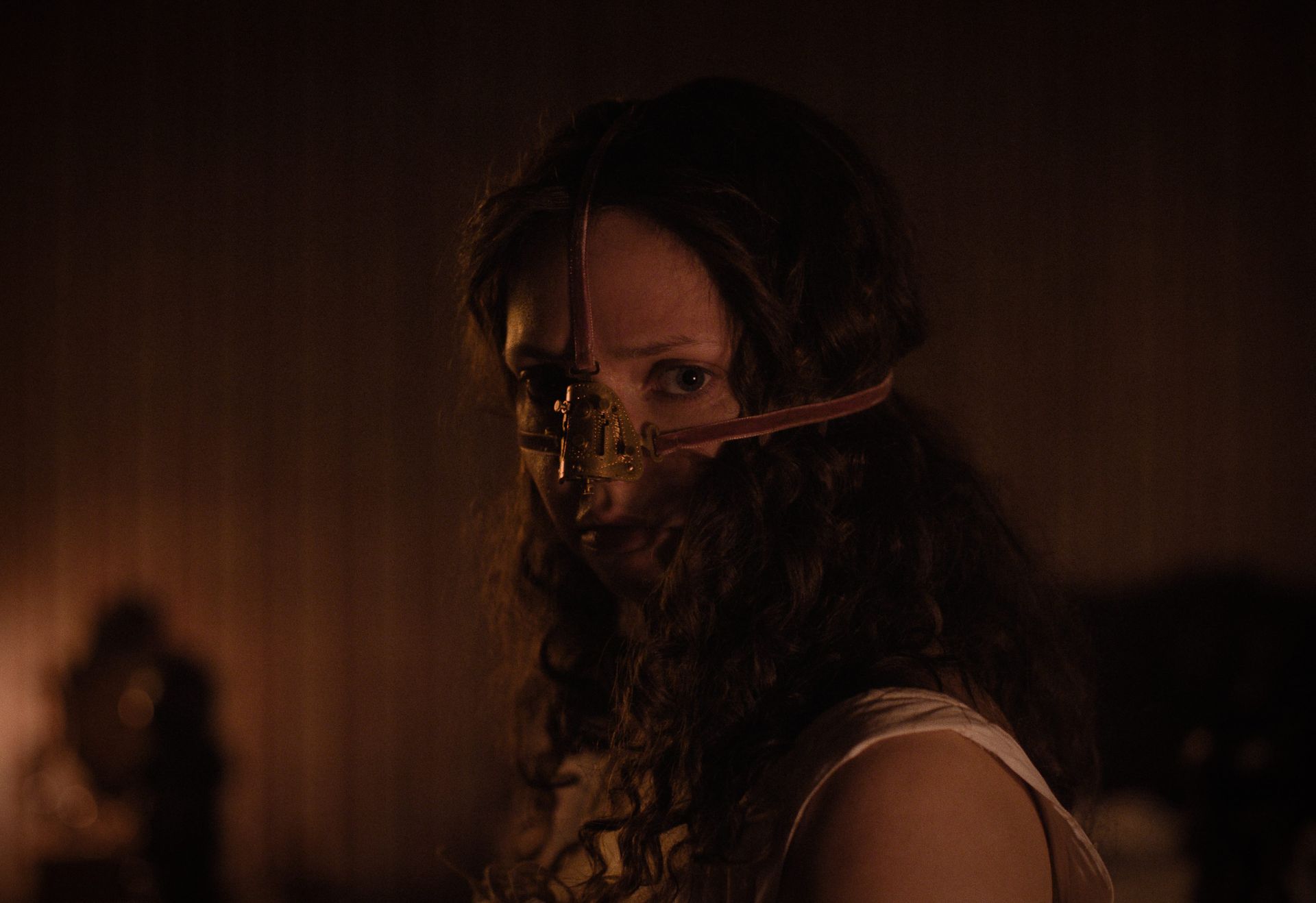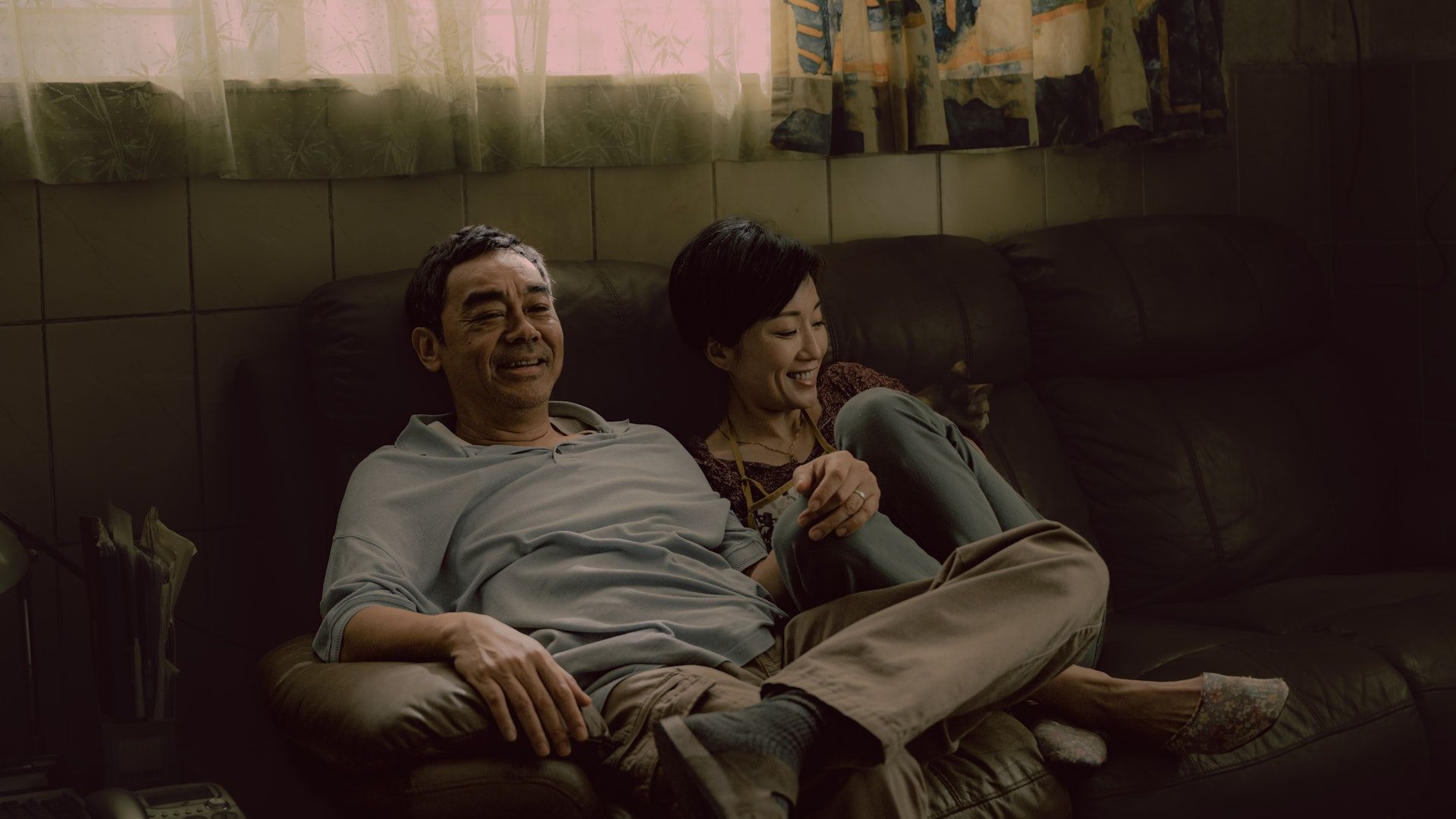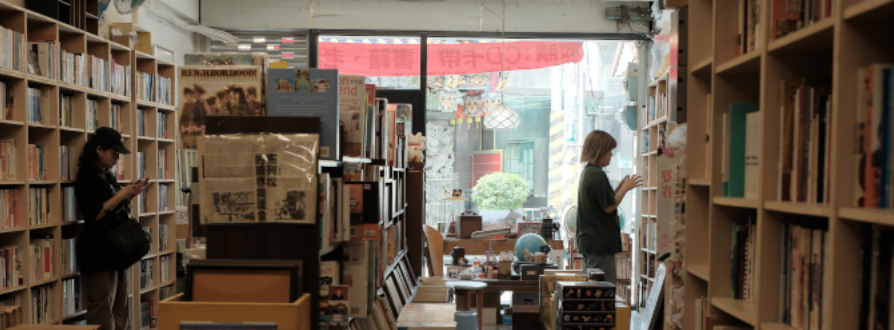Film Review #98: THE BOY AND THE HERON
Film Review #98: THE BOY AND THE HERON
*This film review may contain plot spoilers, reader discretion is advised.*
Nature's Palette: The Evocative Journey of Grief and Healing in Hayao Miyazaki’s 'The Boy And The Heron’ (2023)
The recipient of a Golden Globe Award this year, acclaimed Japanese auteur Hayao Miyazaki’s The Boy And The Heron (2023) explores poignant themes of loss, grief, and healing through the eyes of a young village boy, Mahito.
Mahito odysseys on a magical voyage into the spirit realm through a mysterious village tower after losing his mother, meeting bizarre characters in even more bizarre lands. Amidst the chaos and allure of Miyazaki’s signature delicately hand-drawn landscapes, nature and its symbols such as fire and water take centrestage in communicating the film’s thematic concerns.
Fire, initially embodying loss, war, and violence, undergoes a transformation to symbolize life and protection as Mahito's journey progresses. This evolution mirrors Mahito's shifting perception of his mother's demise. Unlike Miyazaki's previous works, where fire often signifies destruction, in The Boy And The Heron (2023), it becomes a nuanced symbol of both devastation and regeneration. The early scenes of chaos in Mahito’s village, sparked by a firebombing, pivot quickly to focus on Mahito's personal tragedy—the loss of his mother to the flames.
The blocking of Mahito in the centre of the frame and the colour of his clothes draw focus onto Mahito instead of the burning village. The sound design also focuses on Mahito’s breathing as he runs towards Himi. This immediately conveys that this tragedy at the hands of fire is personal to Mahito. This portrayal diverges from the broader societal impact of war seen in Miyazaki’s films like Howl's Moving Castle (2004), instead offering a more intimate exploration of fire's dual nature. In previous films, war is seen less as a personal tragedy and more as a social evil that brings widespread demolition to innocents. Fire is often shown as being a destructive force, burning anything and everything in its path, and the sounds of burning, bombs and war are also more explosive. In contrast, in The Boy and The Heron (2023), the tragic scene of Mahito’s mother being burnt alive is strangely depicted more peacefully. She merely looks like she is becoming one with the fire, without resistance.
As Mahito discovers a pyrokinetic younger version of his mother in the spirit realm, fire's role as a harbinger of life and a protector is revealed, aiding the rebirth of souls and eventually providing Mahito with closure.
Here, fire is a life-enabling source, a beacon of hope that allows the Warawara to continue their journey to rebirth. Himi’s life has come full circle, with fire being familiar rather than antagonistic to her throughout her life. What once was a painful reminder of death and loss for Mahito, now stood as a symbol of protection and life. As the meaning of fire changes, it becomes apparent that it is not an antagonistic force, but merely executing a necessary part of the cycle of life.
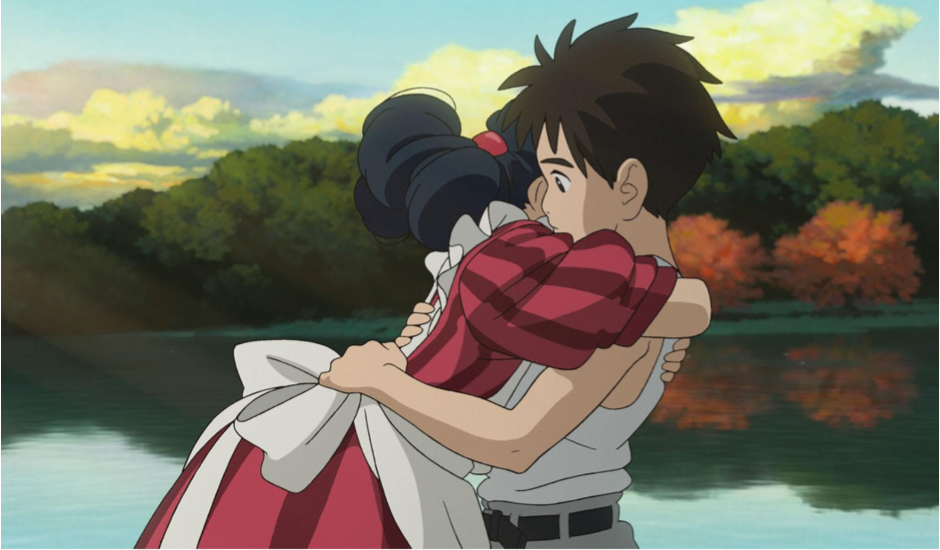
Film still of Mahito and Himi from The Boy And The Heron. Credit: IMDb photo gallery.
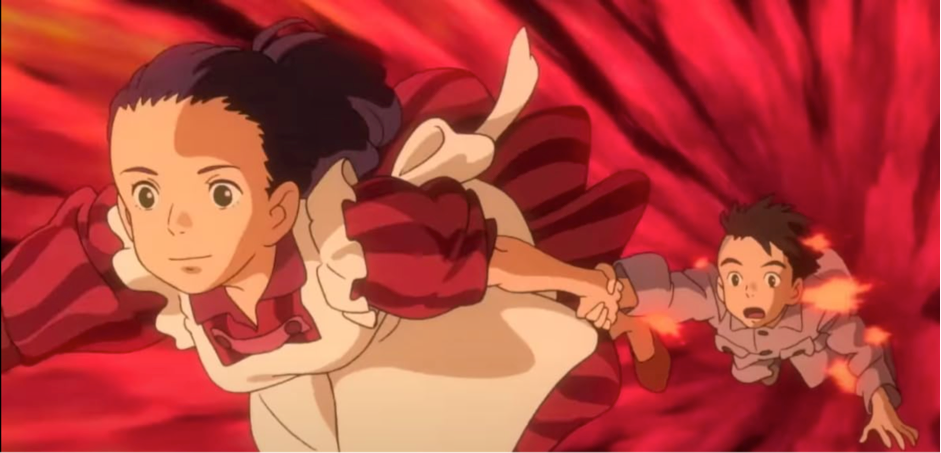
Film still of Mahito observing Himi use her powers in the world of the tower from The Boy And The Heron.
Credit: IMDb photo gallery.
Water, on the other hand, symbolizes loss and healing, presenting life and death as intertwined realities. Mahito's interactions with water—whether attempting to catch a grey heron or experiencing illusions of his deceased mother—underscore the film's contemplation on the fragility and cyclic nature of existence. Water's transformative presence in the film, from a symbol of drowning and despair to one of clarity and renewal, reflects Mahito's inner journey from mourning to acceptance. This is a poignant, brutal, reminder of the fragility of life and the arbitrary nature of death,
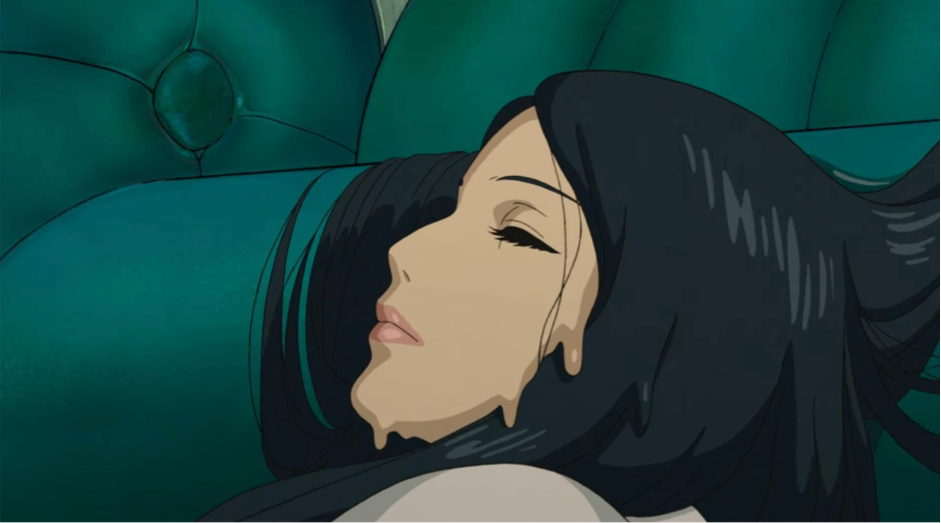
Film still of the Heron’s cruel illusion of Himi from The Boy And The Heron. Credit: IMDb photo gallery.
manifesting the film's theme of untimely and shattering loss. This way, water weaves in the melancholy tones of Mahito’s loss in the film’s story.
To Miyazaki, natural habitats are beautiful not only because they are serene to look at but also because of the constant symbiosis between its inhabitants and their life cycles. In The Boy And The Heron (2023), life and death are stripped to their simplest forms in the Land of the Dead, through the prey-predator relationship between the fish, the Warawara, and the pelicans. This ecosystem of the Land of the Dead mirrors the reality of the living world, acknowledging death not as an antagonist but as a necessary force for the continuation of life.
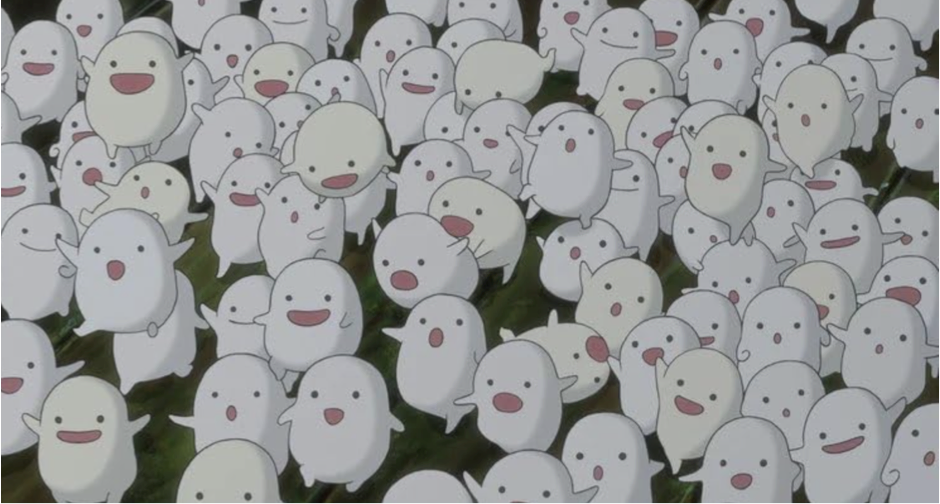
Film still of the Warawara from The Boy And The Heron. Credit: IMDb photo gallery.
The Boy And The Heron (2023) stands out not only for its breathtaking animation but also for its sensitive and layered treatment of grief. Through the lens of natural symbolism, Miyazaki guides the audience—and Mahito—towards a message of resilience and recovery. Fire and water, in their various manifestations, convey the transformative power of loss and the possibility of healing. In doing so, Studio Ghibli once again tackles a challenging subject with elegance and depth, offering a poignant reminder of the cyclical nature of life and death. This film, therefore, is not just a narrative about overcoming grief but a visual and thematic masterpiece that resonates with the universal experience of loss and the indomitable spirit of human recovery.
——————————————————————————-
This review is published as part of *SCAPE’s Film Critics Lab: A Writing Mentorship Programme, with support from Singapore Film Society.
About the Author: A big fan of a diverse range of films ranging from animated movies to Lord Of The Rings to surrealist comedies, Ramaa adores films and hopes to create timeless films for children and films that pack a resonating punch one day. For now though, she is still a film student with big dreams and an even bigger imagination. Her personal philosophy is "be the main character you were born to be!" - which explains the many different film OSC playlists she has for different scenarios in her life.

